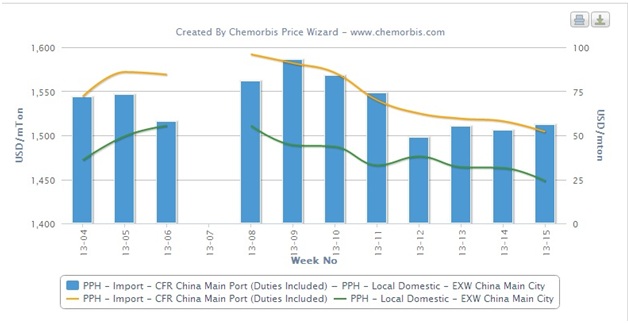Demand for outdoor noise barriers in the US is forecast to rise 3.7% annually to 9.5 million sqf in 2019, valued at US$191 million, according to Freedonia’s forecast.
As home builders take advantage of lower land costs and the promise of convenient highway access to erect residences and commercial structures in proximity to highways and roads, state departments of transportation (DOTs) will erect outdoor noise barriers alongside highways to mitigate loud noises and enhance the quality of life for homeowners and employees in surrounding buildings.

Highways account for the vast majority of outdoor noise barrier installations in the US, according to Freedonia analyst Matt Zielenski.
“DOTs generally install noise barriers along highways and roads because of their moderate cost compared to other sound mitigation strategies and their proven ability to reduce traffic noise,” he said.
Moreover, once installed, outdoor noise barriers seldom require replacement or repair, providing long term savings.
Airports held the second largest share of outdoor noise barrier demand in 2014. Noise barriers such as metal ground runup enclosures are often installed at airports to reduce noise levels associated with the testing of jet engines.
Barriers can also be installed around airport perimeters to control noise; however, concerns about security and visibility often encourage airport managers to opt for sound mitigation strategies other than noise barriers, said the report.
Concrete products dominate noise barrier demand, with 92% of the total in 2014. Transportation construction professionals often specify concrete because of its moderate cost, ready availability, and sound absorbing qualities.
Precast concrete panels, which accounted for the largest share of outdoor noise barrier demand in 2014, will continue to take share from other concrete products, such as concrete masonry units and formed-in-place concrete.
Metal products account for the second-largest share of outdoor noise barriers, primarily due to their extensive use in airports. However, plastic noise barriers are anticipated to see the most rapid demand growth – after concrete – among outdoor noise barrier products through 2019.
Website: www.adsalecprj.com







